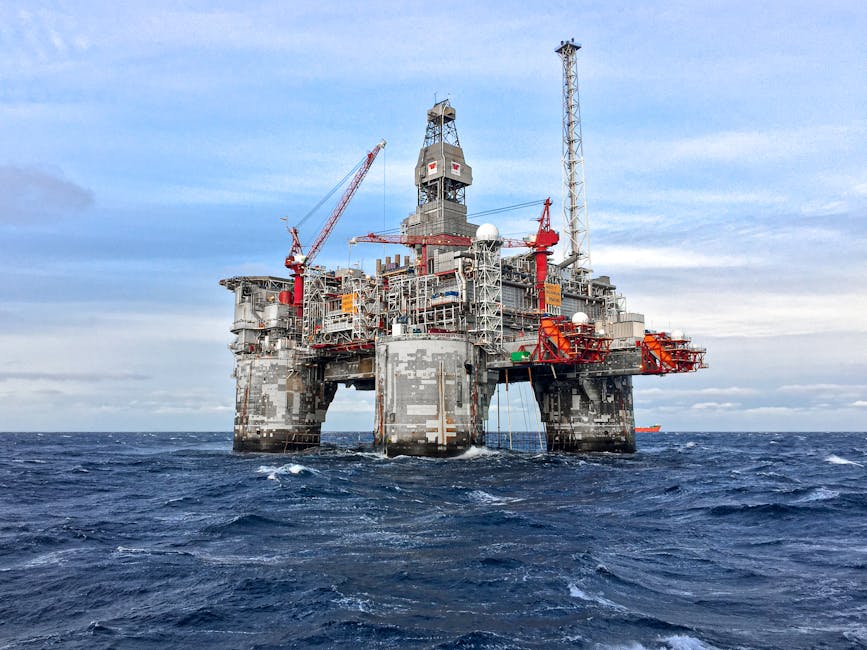On the night of July 6, 1988, the North Sea became a nightmare of fire and terror. The Piper Alpha oil rig, once a powerhouse of industry, exploded in the deadliest offshore disaster in history. Amid the chaos, one man made a desperate 175ft jump into the freezing sea—a story of survival against all odds.
The Night the Rig Exploded
Located 120 miles northeast of Aberdeen, Scotland, Piper Alpha was a major oil and gas producer. That evening, a gas leak ignited, triggering a chain reaction of explosions. Flames engulfed the rig, melting steel and trapping 226 workers.
Survivors described the scene as “a blast furnace.” Escape routes vanished in seconds. Toxic smoke filled the air. For many, there was no way out.
The 175ft Leap for Life
Among the 61 survivors was a worker who faced an impossible choice: burn alive or jump.
“I saw black water below, flames reflecting on the waves,” he recalled. “The heat was scorching. I jumped—it was my only chance.”
The fall from the helideck (175ft) felt endless. The icy North Sea hit like concrete, knocking the air from his lungs. But he swam, fighting shock and hypothermia, as the rig burned behind him.
Aftermath: How Piper Alpha Changed Offshore Safety
The fire raged for days, killing 165 men. Investigations exposed critical failures:
- No blast walls
- Poor emergency protocols
- Communication breakdowns
The Cullen Inquiry led to stricter safety laws, including:
✔ Mandatory risk assessments
✔ Improved evacuation plans
✔ Better fireproofing
A Survivor’s Haunting Legacy
Years later, the jumper still bore scars—physical and mental. “I dream of the heat, the screams,” he admitted.
His story is a testament to human resilience—and a warning. Piper Alpha’s 167 victims are remembered, but its real legacy is safer offshore rigs worldwide.
As the survivor said: “We can’t undo that night. But we can make sure nobody jumps like I did.”




